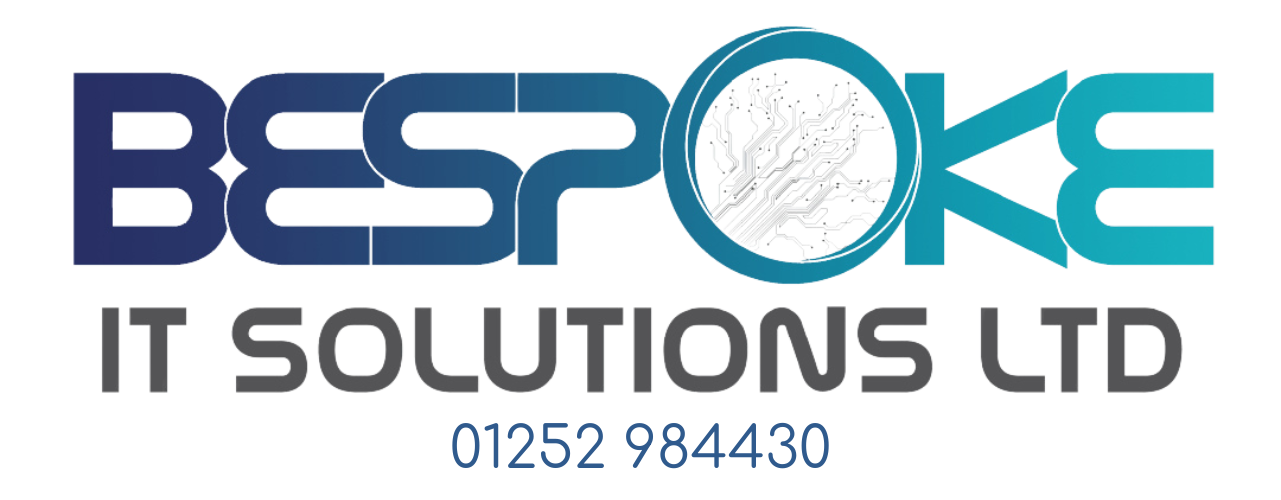Do you dream of never having to remember another password ever again?
That’s what Windows Hello, Microsoft’s biometric sign-in tool is all about. It helps you log in to your Windows 11 devices quickly and securely – with just a glance or a touch.
Now, Windows Hello is getting a makeover, bringing not only a new look but also enhanced security features that are perfect for busy business owners.
If you’re not familiar with Windows Hello, it lets you skip traditional passwords and sign in using:
- Facial recognition
- Your fingerprint
- Or a simple PIN
This means faster access, better security, and a lot less frustration.
Windows Hello is invaluable for businesses, allowing employees to securely access their apps and devices without the risks associated with weak or reused passwords.
The refresh will improve the design of Windows Hello, so it fits right in with the sleek, modern look of Windows 11. The whole experience will feel smoother and easier, whether you’re logging in to your computer or accessing the Microsoft Store.
Microsoft have also made it easier to use passkeys – another secure, password-free login method. With Windows Hello’s new passkey experience, you can choose your preferred sign-in method and switch effortlessly between devices.
These updates are currently in testing, but we should see a rollout soon.
Want to give Windows Hello a go? We can help, get in touch.



